Pulished on Jul. 24, 2024
Ceramic tableware is a popular choice for its aesthetic appeal, durability, and versatility. However, with so many options available, it can be challenging to determine which
pieces are of high quality. Understanding the key indicators of quality can help you make informed decisions when purchasing ceramic tableware. In this article, we will explore
the essential factors to consider when identifying quality ceramic tableware.
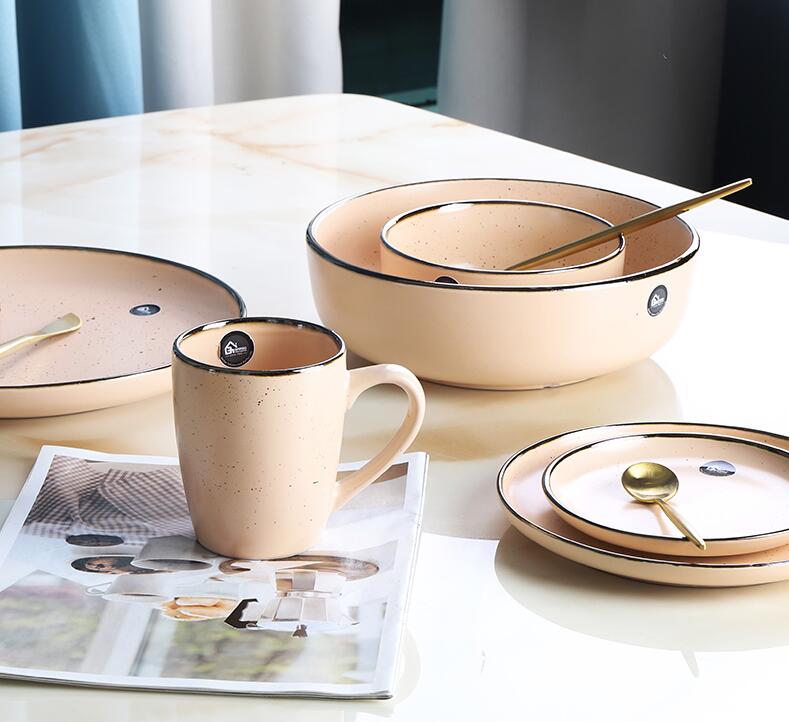
1.Material Composition:
The composition of the ceramic material is a fundamental indicator of quality. High-quality ceramic tableware is typically made from fine, dense clay that has been properly
refined and processed. Look for pieces made from materials like porcelain, stoneware, or bone china, as these are known for their strength and durability.
2.Firing Temperature:
The firing process and temperature play a crucial role in determining the quality of ceramic dinnerware. High-quality ceramics are fired at high temperatures (above 1200°C or
2192°F), which ensures the clay vitrifies and becomes non-porous. This process enhances the durability and resistance to chipping and cracking.
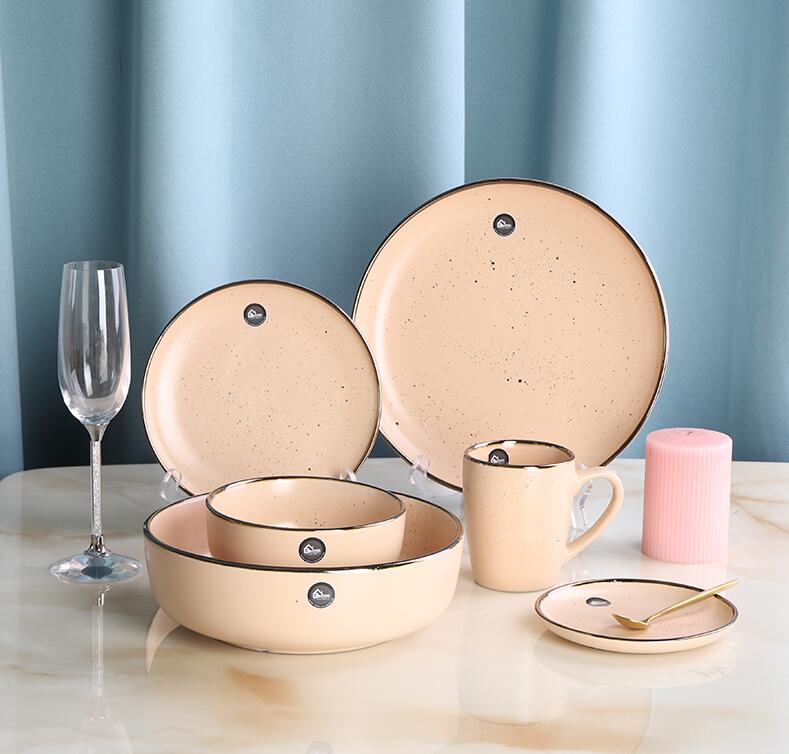
3.Glaze and Finish:
The glaze applied to ceramic tableware not only adds aesthetic appeal but also provides a protective layer. High-quality glazes should be smooth, even, and free from
bubbles or imperfections. Check for a consistent and glossy finish that enhances the appearance of the piece and prevents staining and moisture absorption.
4.Weight and Thickness:
The weight and thickness of ceramic tableware can indicate its quality. High-quality pieces typically have a substantial weight and feel sturdy in your hands. However, they
should not be excessively heavy or cumbersome. The thickness of the walls should be even, without any thin or weak spots that could compromise durability.
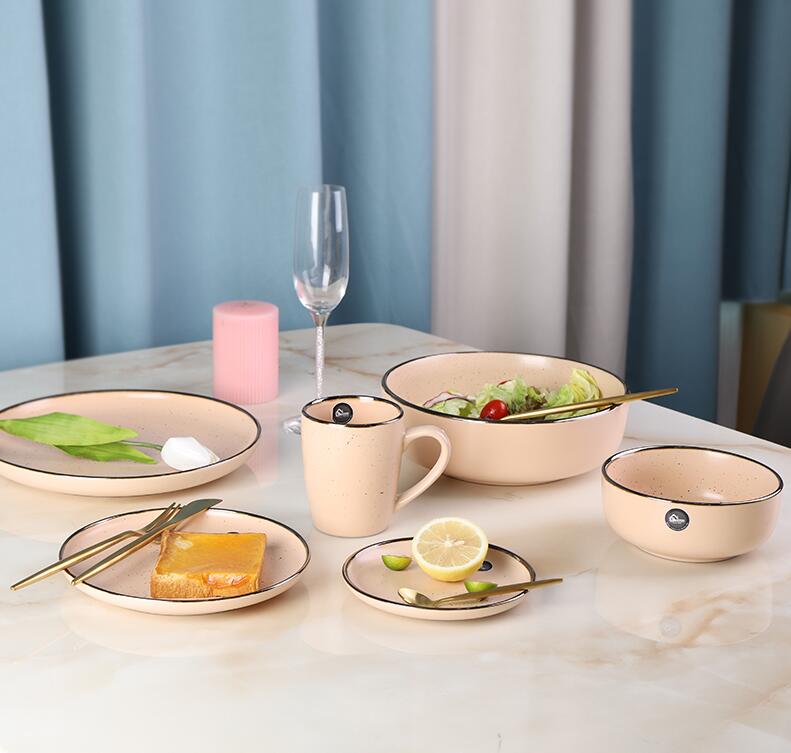
5.Sound Test:
A simple way to test the quality of ceramic tableware is by performing a sound test. Gently tap the edge of the piece with your fingernail or a metal utensil. High-quality
ceramics produce a clear, resonant sound, while lower-quality pieces may produce a dull or muted noise. This test can help you gauge the density and integrity of the material.
6.Uniformity and Symmetry:
Inspect the piece for uniformity and symmetry. High-quality ceramic tableware should have a consistent shape, with no visible warping or irregularities. Check that the rims,
handles, and bases are even and symmetrical. Any noticeable flaws or asymmetry may indicate poor craftsmanship.
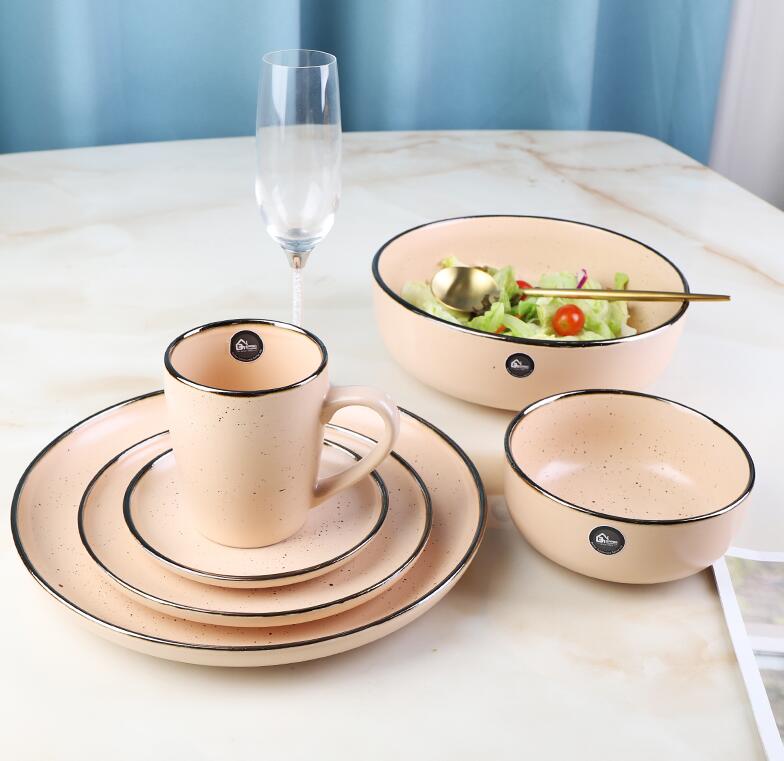
7.Design and Craftsmanship:
Examine the design and craftsmanship of the ceramic tableware. High-quality pieces often feature intricate, well-executed designs and patterns. The attention to detail in the
decoration, such as hand-painting or intricate glazing, can indicate superior craftsmanship. Avoid pieces with smudged or poorly applied decorations.
8.Brand Reputation:
Consider purchasing ceramic dinner sets from reputable brands or manufacturers known for their quality products. Established brands often have a history of producing reliable
and durable tableware. Research customer reviews and ratings to gain insights into the brand's reputation and the experiences of other buyers.
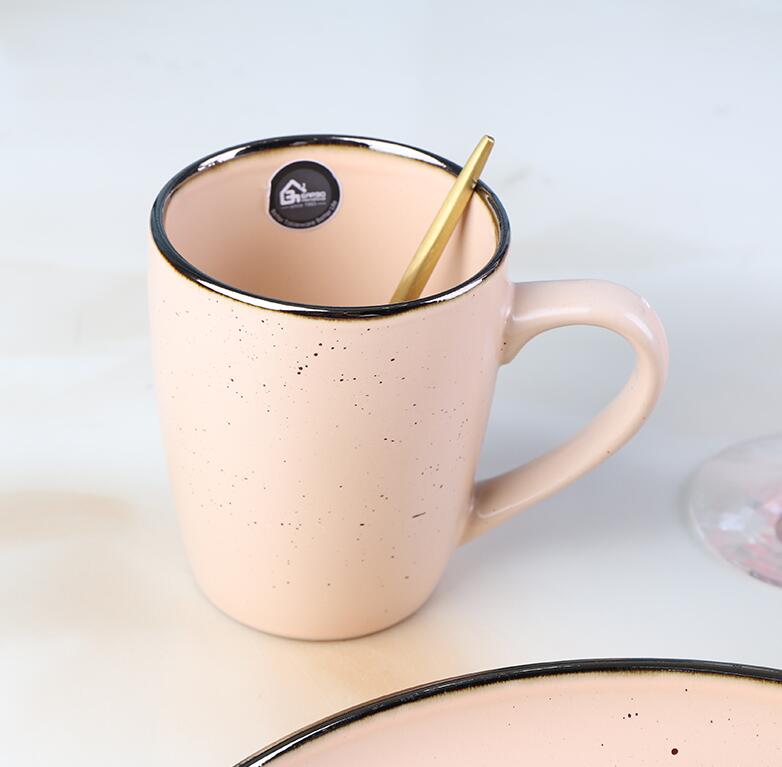
9.Certifications and Standards:
Look for certifications or standards that indicate the quality and safety of the ceramic tableware. For example, pieces labeled as lead-free or compliant with food safety standards
ensure that the materials used are safe for food contact. Certifications can provide additional assurance of the product's quality.
10.Price:
While price is not always a definitive indicator of quality, extremely low-priced ceramic tableware may compromise on materials and craftsmanship. High-quality ceramics often
come at a higher price due to the superior materials and manufacturing processes involved. Be willing to invest in quality pieces that will last longer and provide a better dining experience.
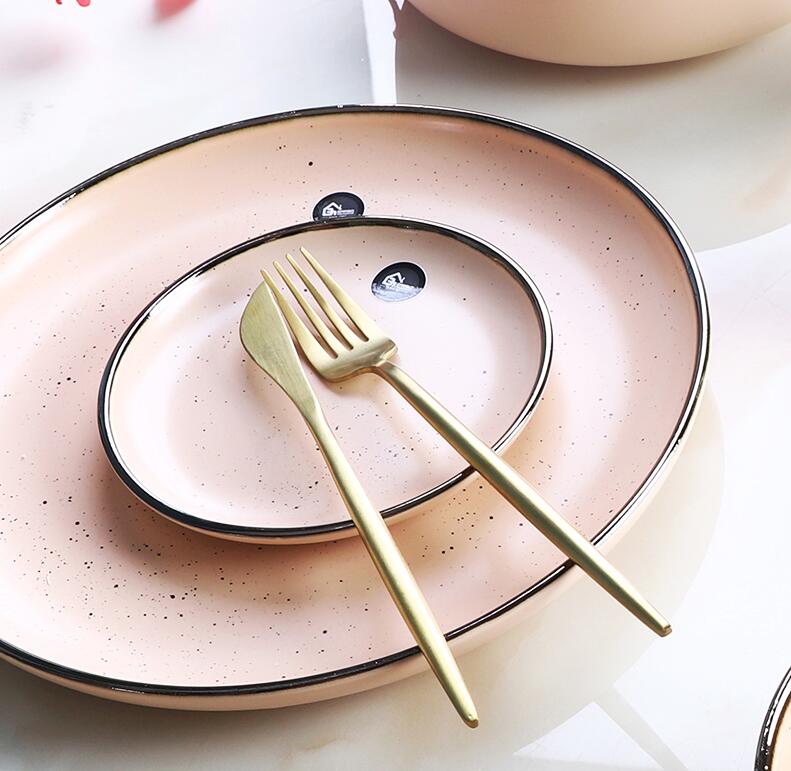
Identifying quality ceramic tableware involves considering various factors, including material composition, firing temperature, glaze and finish, weight and thickness, sound test,
uniformity and symmetry, design and craftsmanship, brand reputation, certifications, and price. By paying attention to these indicators, you can make informed choices and select
ceramic tableware that not only enhances your dining experience but also stands the test of time. High-quality ceramics are a worthwhile investment, offering durability, aesthetic
appeal, and safe food contact for years to come.